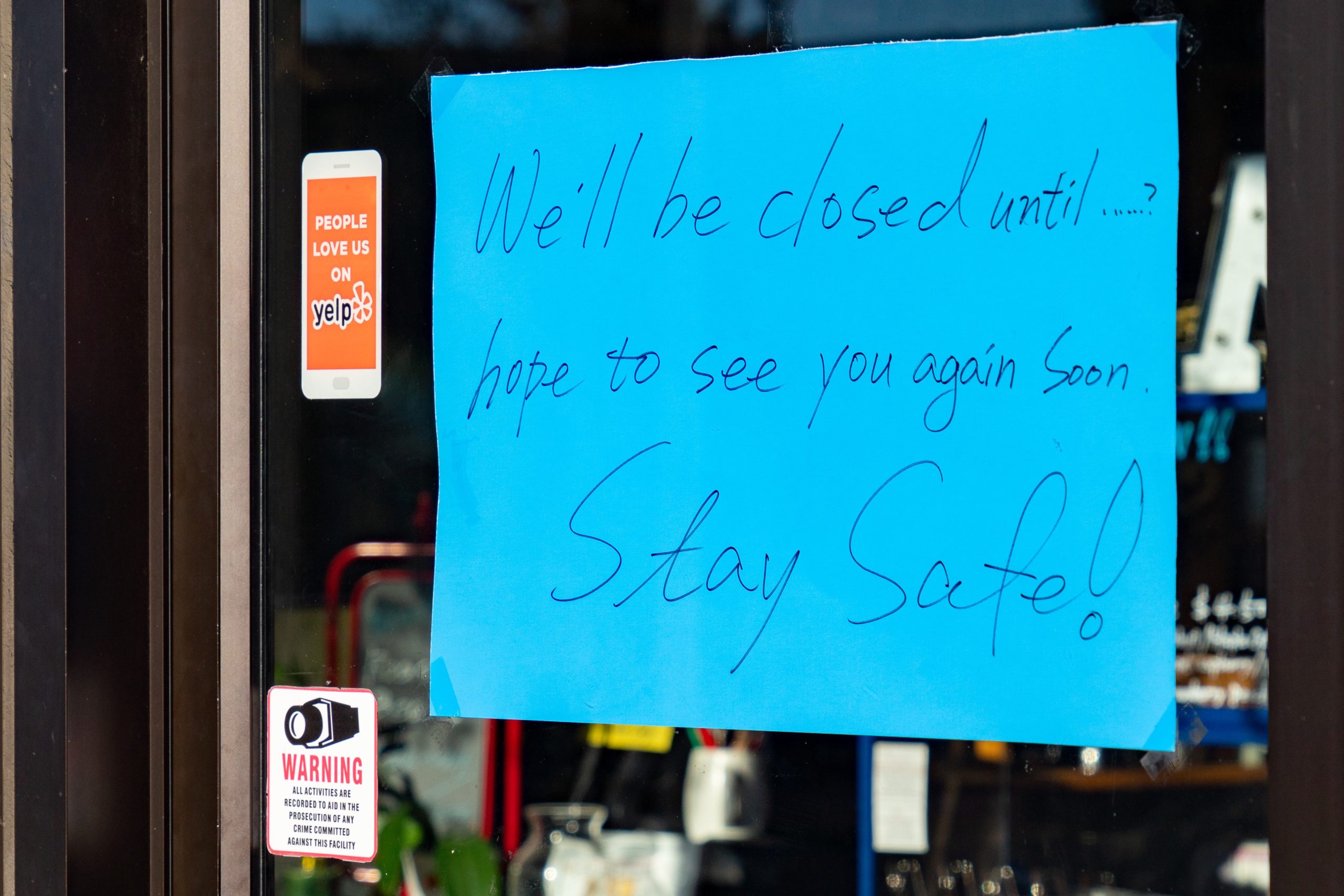Los Angeles, August 27, 2020 – COVID-19 has many small and mid-size businesses struggling to remain afloat because of supply-chain interruptions, temporary closures, employees unable to go to work, and other disruptions caused by the pandemic. And there’s reason for concern about its long-term impact too: An estimated 90% of businesses fail within two years of a major disruption, according to the Small Business Administration.
The Business Resilience Calculator (BRC) is a tool designed to help businesses minimize losses during uncertain times. The calculator was developed through a joint partnership by researchers at the University of Southern California, and The Ohio State University through the University of Illinois, Urbana-Champaign Critical Infrastructure Resilience Institute (CIRI). It empowers users to make cost-effective resilience investments to reduce losses during business interruptions.


“The pandemic is one of the worst business disruptions in our nation’s history, causing huge economic losses,” noted Adam Rose, Director of USC’s Center for Risk and Economic Analysis of Terrorism Events (CREATE) and Research Professor in USC’s Price School of Public Policy. “The BRC will help affected businesses identify cost-effective resilience tactics to reduce further losses and to rebound from this disaster.”
The BRC is a user-friendly decision-support software tool to business resilience and enables businesses to conduct a self-assessment to determine current capabilities and priorities. Users will begin by selecting the cause of the disruption, indicating the biggest problems facing their business (e.g., infrastructure outages or inability of employees to report for work), selecting their top priorities for bouncing back, and then comparing their approach to those taken by businesses like there’s during actual previous disasters and the results they achieved. The tool enables users to identify the most cost-effective resilience tactics.
CIRI researchers Noah Dormady of The Ohio State University and Adam Rose of the University of Southern California developed the tool using data they collected from Hurricane Harvey and Superstorm Sandy. The pair sought to understand the link between business responses to various stressors and the contributions those decisions made to their overall resilience. The team conducted two large-area surveys in the states of Texas, New York, and New Jersey to assess the impacts of the storms on affected businesses. A novel contribution of the surveys included measurement of avoided losses, meaning losses that businesses prevented by pursuing various resilience tactics, such as conserving scarce inputs, accessing stockpiles, utilizing portable electricity generators, and relocating some of their business operations.
While the pre-release of the calculator focuses on the pandemic, it is also applicable to other types of scenarios, such as natural disasters, or power grid failures. Also, while this version of the calculator focuses on the cost-effectiveness of resilience tactics to help businesses identify cost-saving resilience opportunities now, the full version of the tool, which is scheduled to be released in 2021, will include additional metrics and modules.
Rose also noted, “Our research has enabled us to test import hypotheses relating to various resilience tactics and measure their cost-effectiveness, thereby making the business resilience calculator the most advanced decision-support tool of its kind.”
The BRC has been developed with contributions from software development firm 2Wav, LLC, input from CIRI’s Jose Medina Cruz and Randy Sandone, and through funding from the Department of Homeland Security.
About CREATE
The National Center for Risk and Economic Analysis of Terrorism Events (CREATE) was established in 2004 as the first university-based Center of Excellence (COE) funded by the U.S. Department of Homeland Security (DHS) Science and Technology Directorate (S&T) Office of University Programs (OUP). CREATE is headquartered at the University of Southern California (USC), where it is jointly housed in the Viterbi School of Engineering and the Sol Price School of Public Policy. It has research affiliates at several other institutions, both in the U.S. and abroad. The Center contributes university-based research to make the United States more secure by taking a longer-term view of scientific innovations and breakthroughs and by developing the future intellectual leaders in homeland security.
About the Critical Infrastructure Resilience Institute
The Critical Infrastructure Resilience Institute (CIRI), a U.S. Department of Homeland Security Center of Excellence, conducts research and education that enhances the resiliency of the nation’s critical infrastructures and the businesses and public entities that own and operate those assets and systems. The Institute is carrying out its mission by emphasizing outputs-oriented research, education and workforce development. Launched in 2015, CIRI is led by the University of Illinois, Urbana-Champaign with collaborators from other U.S. universities and national labs.
Posted: August 27, 2020
